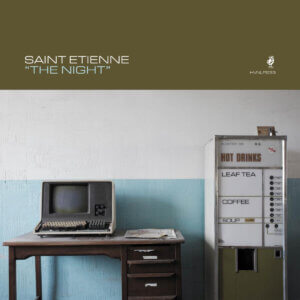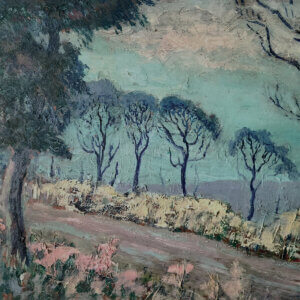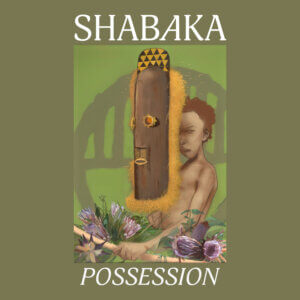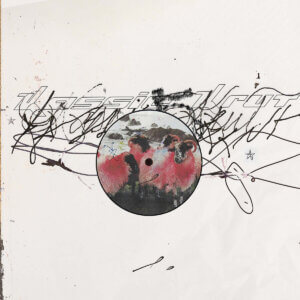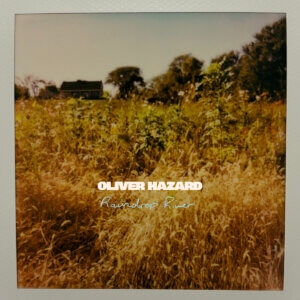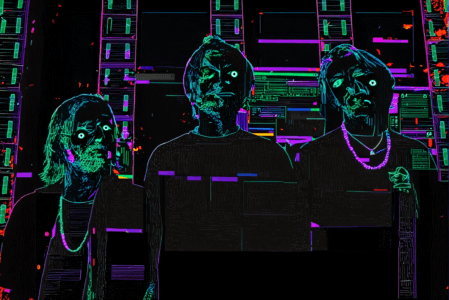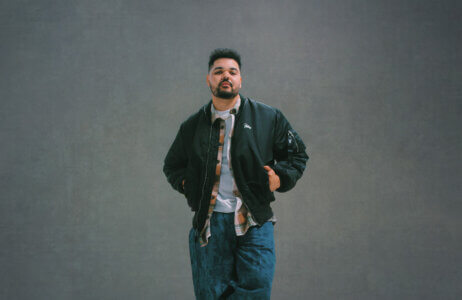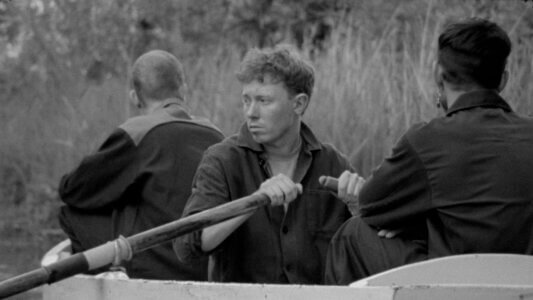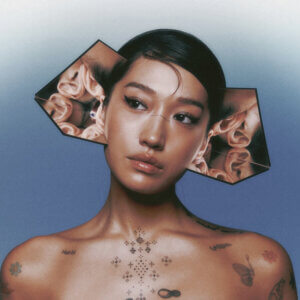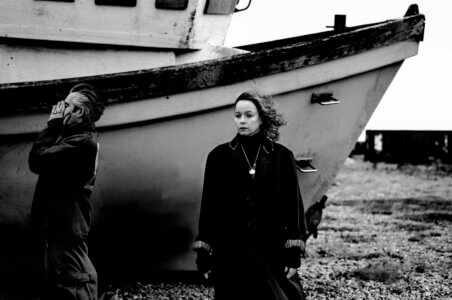“Anoche” by Arca
On the 7th April 2017, Arca released his third full-length album via XL Recordings, the self-titled record was first to feature the Venezuela-born, London-based producer’s untreated singing voice. The video for “Anoche” was released prior to the album, and was directed by long-time collaborator Jesse Kanda (Björk).
Previous work had incorporated snatches of song and Arca’s rapping (most notably on his diptych of distorted hip hop mixtapes ‘Stretch 1’ and ‘Stretch 2’), but on Arca, his voice is front-and-centre on eight of the album’s thirteen tracks. Frequently, he has used his first-takes, untreated and without post-production: clicks of saliva and burrs of the throat carry melodies of staggering richness and delicacy. His production knits together vocal tracks like ‘Sin Rumbo’ and first single ‘Anoche’ with instrumentals like ‘Whip’ and ‘Urchin’, each as extreme as the other. Across the album, the tectonics of pure digital sound, his own piano playing and his voice combine, weaving the album together like folds of skin, or wounds healing post-trauma.
He sings in Spanish – the language of his childhood home. “Spanish is the language my parents fought in and they got divorced in,” he says. “It’s the language I witnessed family violence in. The ultimate theatre of emotion, when things fall apart, for me isn’t English. The language I purge through had to be the same.” In doing so, on several tracks, he evokes the tradition of Venezuelan tonal songs Tonadas: “They are the songs that attempt to articulate that there are no words for suffering, for longing: they are songs sang to the moon, to horses, to nature,” explains Arca. “When I see the landscape culturally, the answer is natural: this is how I must engage with the worries of the world.”
The was recorded at home in north-east London throughout 2016. Arca credits long walks and tai-chi sessions in the Victorian burial ground Abney Park. It’s one of London’s largest cemeteries, and a famous spot for cruising. “There were all these gargoyles, and all this sexual tension”, he says. “They became part of the material of the album: it just felt right to be around the dead; and gay men cruising around the dead. There was so much poetry: life. Death. Gayness.”
Arca’s long-time visual collaborator Jesse Kanda once again directed the videos, and shot the album artwork. In a marked departure from the beautifully grotesque digital art of his debut album Xen (2014) and the raw portraiture of second album Mutant (2015), for this album, Arca appears in front of the camera in high-definition. He is dressed as a wounded matador, made mighty with mechanical legs, or bleeding onto a wooden corset. “Bullfighting is a great metaphor: you are fighting a bull, which could be yourself. You are not the victim or the oppressor, you are both. Animality and bestiality conflated,” he says. “Evoking sex invokes our animality.” On this album, the opposite also holds true.
The heightened theatricality was inspired by Greek tragedy: “I’m representing this album performatively, extremely, dramatically. Myth can reach into the deep cortex of the brain: it’s a given that you’re talking in concepts through characters rather than realities. To me, Arca is a freeze-frame of a person singing their swan song with heightened emergency, in the face of never being able to sing again.”
Latest Reviews
Tracks
Advertisement
Looking for something new to listen to?
Sign up to our all-new newsletter for top-notch reviews, news, videos and playlists.
